Aquariums 101: Aquascaping
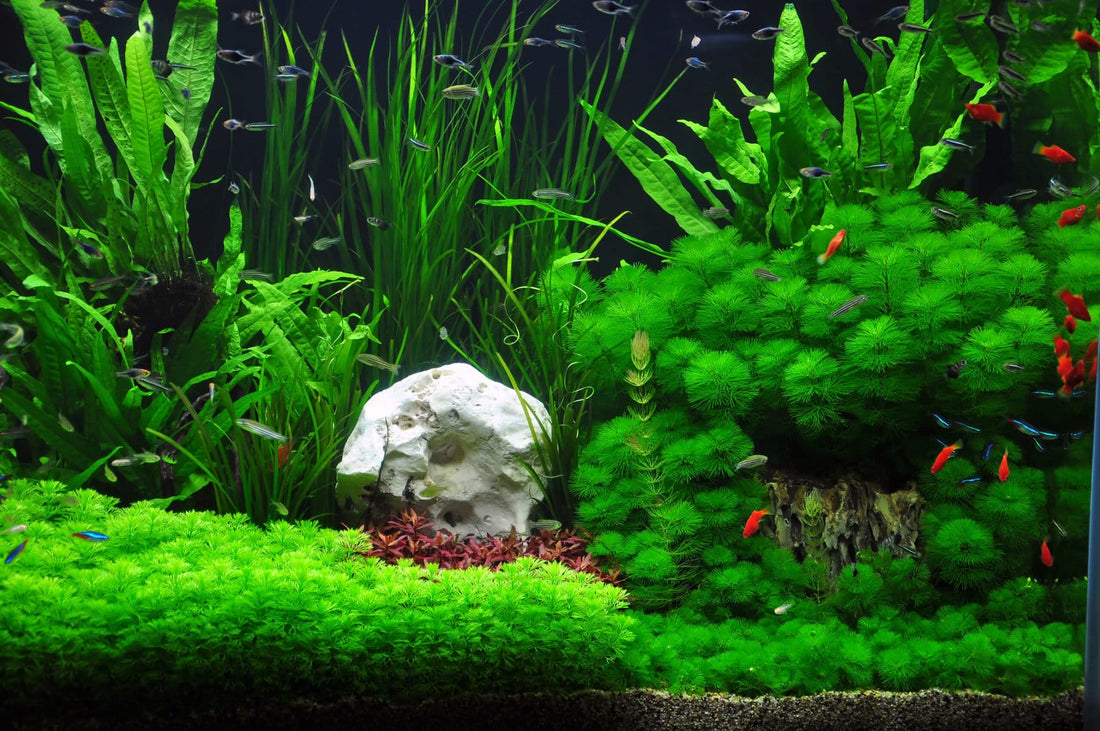
Aquascaping is another important part of setting up a new tank. After all, we want our fish to not only look good but be surrounded by a beautiful setting as well. Aquascapes can be as simple or involved as you wish, so I’ll be discussing ways to create a variety of aquascapes here!
This is part three of our Aquariums tutorial series, make sure to check out our prior posts on Tanks and Stands and Tech (Lights, Heaters, Filters, etc)!
Types of Aquarium Aquascape
If you’re looking to create a tank with a little more polish than rainbow gravel and bubbling treasure chests then here are three styles of aquarium aquascape to try!
Jungle Aquascape

The jungle aquascape is the most popular style because it’s the easiest to get great results with! They don’t rely on as much careful planning as Nature and Dutch aquascapes, which have the look of a formal garden. A mature jungle aquascape will fully live up to its name, with thick, intertangled plants forming a forest of complexity that’s impossible not to appreciate!
Jungle aquascapes have a sense of “order within chaos” to them. Fortunately, you don’t need to do much to achieve this effect. So long as you start with young plants, they will grow in ways that allow their competition and mutual support to be obvious over time. Often there is no distinct foreground, midground, or background, which adds to the effect and makes things easier for you. There is simply “the tank,” which may have bold, tall Amazon Sword plants in front and moss-covered rocks in the rear. Just like dipping your head into a pond or stream!
Maintenance-wise, all jungle aquascapes need is occasional trimming (or not, if you prefer), coupled with water changes and substrate enhancement once a year to two years.
Dutch Aquascape
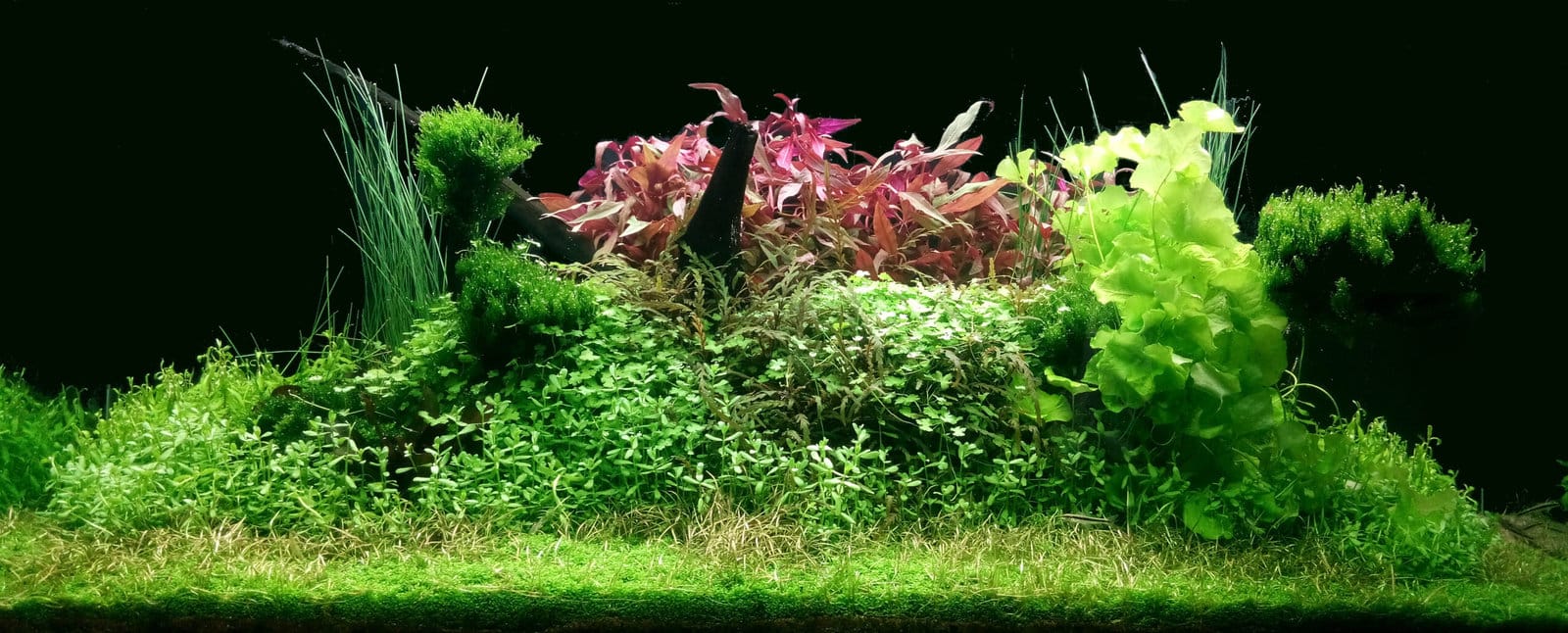
Dutch aquascapes are likely what you’re thinking of when you consider an aquarium with orderly plant growth. The Dutch-style is meant to resemble a formal garden, with a distinct foreground, midground, and background with plants that are well chosen to not shade one another and still be visible to viewers.
Dutch-style aquascapes tend to be middle of the road in terms of difficulty. But there’s no reason why you can’t use easy plants like Banana Plants (Nymphoides aquatica) or Dwarf Sagittaria (Sagittaria subulata) to create a Dutch-style tank.
Contrasting colors are another important part of pulling this look off, though. And many colorful plants, especially red stem plants, are a little more difficult to care for because they need high lighting and iron enrichment to do well. In this style, you should have 70% or more of the substrate covered by plant growth in its mature form (unlike the Nature Aquascape)! Again, this can be easily done with the right beginner-oriented plants! Overall, this is a middle of the road aquascape to choose in terms of difficulty.
Amano (Nature) Aquascape

Amano aquascapes tend to be a little more difficult, but it depends on how far you intend on taking things. Also known as “nature style aquascaping,” this style was popularized by Takashi Amano, a Japanese aquarist inspired by wabi-sabi (impermanence; emptiness), Zen rock gardens, and other traditional Japanese gardening techniques.
The successful nature aquascape has a feel that’s distinctly minimalist, which actually makes it more challenging than a jungle aquarium full of rocks! It’s hard to have so much bare space in an environment conducive to plant growth; algae and other organisms tend to thrive in the same conditions.
Nature style tanks almost always rely on carbon dioxide enrichment, which we will go into more detail when I talk about live plants in a future guide! Carpeting plants like Dwarf Baby Tears (Hemianthus callitrichoides) and Dwarf Hairgrass (Eleocharis parvula) are frequently used, which not only need carbon dioxide but strong lighting and ideal nutrient levels.
In short, nature style aquascapes are better for folks who already have a little experience with easier aquascaping styles!
Aquarium Substrates
The second part to aquascaping is choosing what kind of substrate you prefer. The substrate will need to be 1 to 2 inches deep and the type depends both on your aesthetic desires as well as the benefits they provide to your fish and plants!
Gravel Substrates
Thanks to how cheap it is, coupled with its attractive, traditional appearance and ease of maintenance, gravel is the most popular choice for new aquarists. Gravel comes in a variety of grades, which dictates the size of the pebbles. And the colors range from neon and whimsical in character to more natural browns, tans, and blacks.
I always recommend that folks choose a medium to dark shade of any substrate because fish will darken their colors to match a substrate. Light substrates tend to cause fish colors to wash out since they don’t want to stand out in case of predators. That said, low lighting, plants, and driftwood help counteract this effect.
Sand Substrates
Sand is another popular substrate that’s well worth looking at. A sand bed should also be 1 to 2 inches in depth and there is some variety to the grain size; just not as much as with gravel. Fine sand is a great choice for fish like Corydoras and Kuhli Loaches, both of which love to root around in the bottom. Digging fish will often get scratched by the large, rough grains of gravel and these open wounds are easy places for bacterial infections to take hold.
Planting Substrates
If you’ve decided that you want to get right into live plants then you should also consider using a proper planting substrate! These are crafted from a variety of materials, from soil to crushed lava rock. The majority use fractured clay and all rely on micropores that can attract and hold onto molecules of fertilizers and elements for plants to eventually absorb.
The main downside of using a planting substrate has to be the cost, though. They tend to be several times more expensive compared to an inert gravel or sand substrate.
Rocks and Driftwood
As a lover of natural looking aquarium aquascapes, I regularly use rocks and driftwood in my tanks. But one has to be careful when choosing which rocks and driftwood to use because both have a dramatic effect on the water chemistry of an aquarium.
Rocks can be neutral in their effect but several contain lime, which slowly dissolves in your aquarium water and increases the pH over time. For fish like African cichlids and livebearers like Platies, this is an effect they actually prefer since they come from mineral-rich waters. But alkaline conditions can cause stress for Gouramis, Discus, Neon Tetras, and other acid-loving fish.
Be very careful when placing rocks because dropping one can cause your tank to immediately crack or shatter. Rocks should never be placed directly onto the glass, either. Even if you don’t drop a rock, one can grind against gravel or sand grains, scratching or eventually cracking your glass if sudden pressure is applied.
Always have at least a thin layer of substrate under your rocks. But also be aware that debris can collect under rocks, especially in gravel tanks. You should always make it a point to use an aquarium vacuum under your rocks every few water changes to prevent too much debris from rotting into ammonia and other toxic compounds.
Driftwood has the opposite effect. Depending on the tree it comes from, driftwood either has trace or heavy amounts of tannins and other humic acids naturally found in trees. These substances slowly leach into your water, which will lower the pH over time.
If you don’t want your tank to become more acidic over time you can boil your chunks of driftwood. Soaking them for a few weeks to months also helps remove the tannins before they end up in your tank. You can also choose wood from low-tannin sources, such as Spiderwood, Cholla cactus pieces, and Manzanita wood.
Conclusion
At first, you’ll spend a lot of time simply starting at your new aquarium, trying to decide how to aquascape it. But I recommend jumping right in with your substrate, rocks, and plants, arranging things here and there and allowing your tank to take shape as you add things. You’ll quickly find that aquascaping is both easy and pleasurable to do!
Interested in learning more?
Aquariums for Beginners has a number of articles you might find helpful, including the Best Nano Plants, the Best Plants for Beginners, and plant specific articles like on Dwarf Sagittaria!
No comments

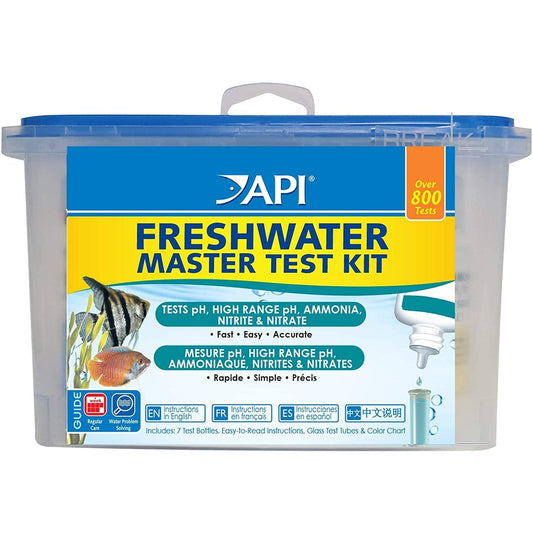
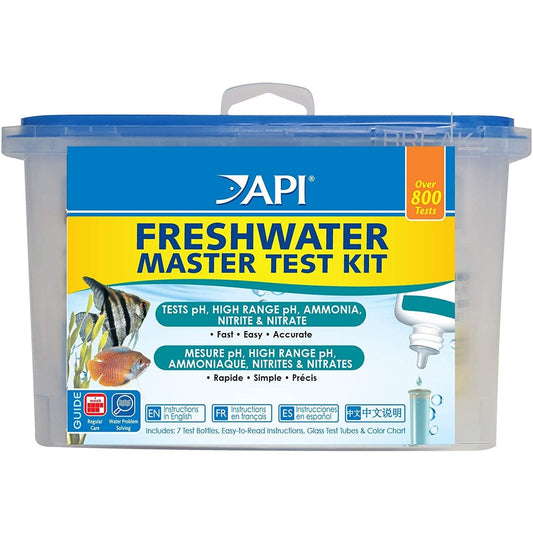
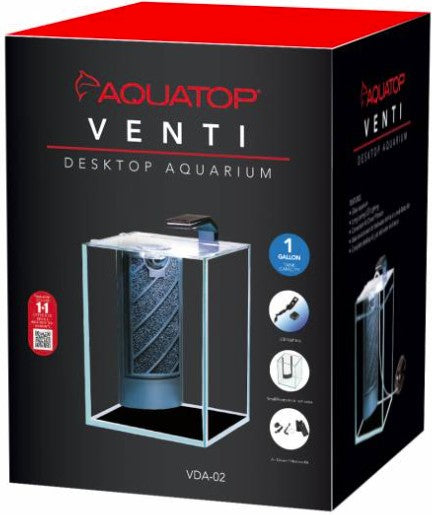



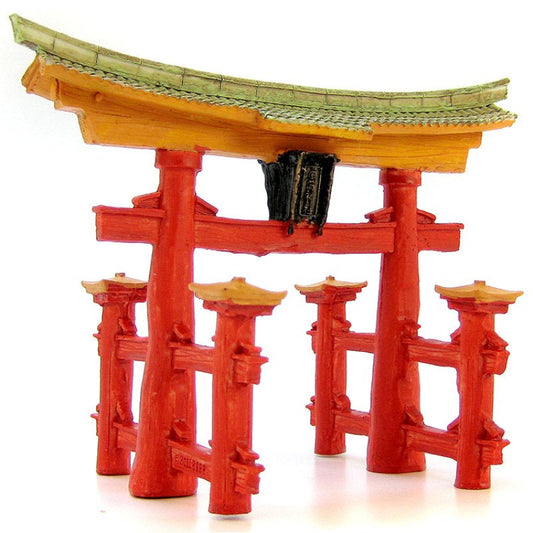


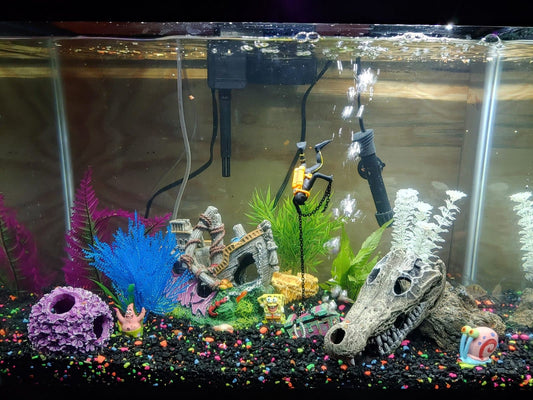



0 comments